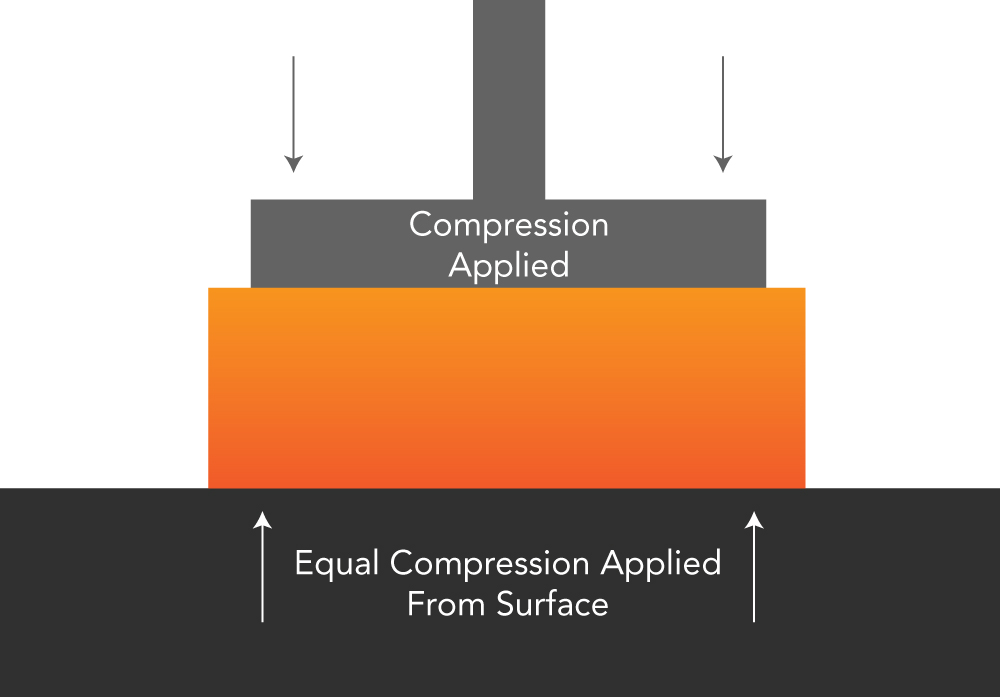One artwork that best resolves my exploration is “Symphony of Labour”.
Another work, this one requires visualisation, is “The birds are picking up things, so am I” In this work, I visualise the two videos of the Variable oystercatcher bird and the person picking up items that don’t belong to the shore to be playing in the same room together.
Through many explorations and experiments of labour in the capitalist world, I’ve discovered the never-ending incredibly organic labour of nature. People are so quick to complain about their own circumstance, however when we zoom into their world we see the hidden voice of nature -specifically birds, speak to the wailing complainers.
Birds provide a rhythmical balance of two extremes; Labour and Downtime. Their rest is to regain strength for work. A bird’s work isn’t the intense overwhelming work that we face hoping to hold a position or title, it’s a work that sustains, flourishes and enables them to thrive.









